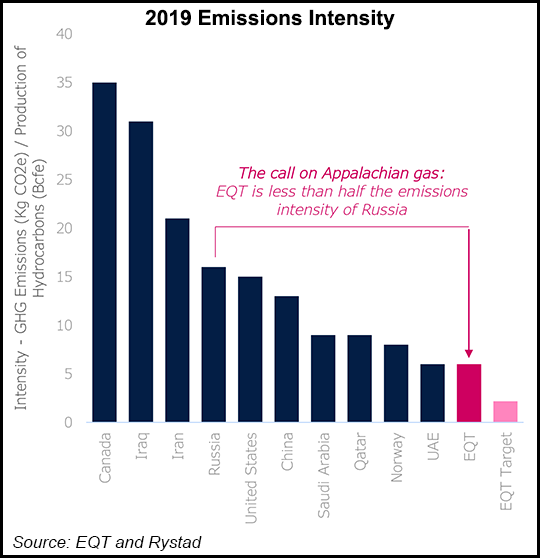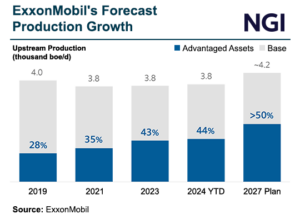Earnings | E&P | Energy Transition | Marcellus | Natural Gas Prices | NGI All News Access | NGI The Weekly Gas Market Report | Utica Shale
EQT Reshaping Strategy for Era of ‘Sustainable Shale’
© 2024 Natural Gas Intelligence. All rights reserved.
ISSN © 1532-1231 | ISSN © 2577-9877 | ISSN © 1532-1266 |



